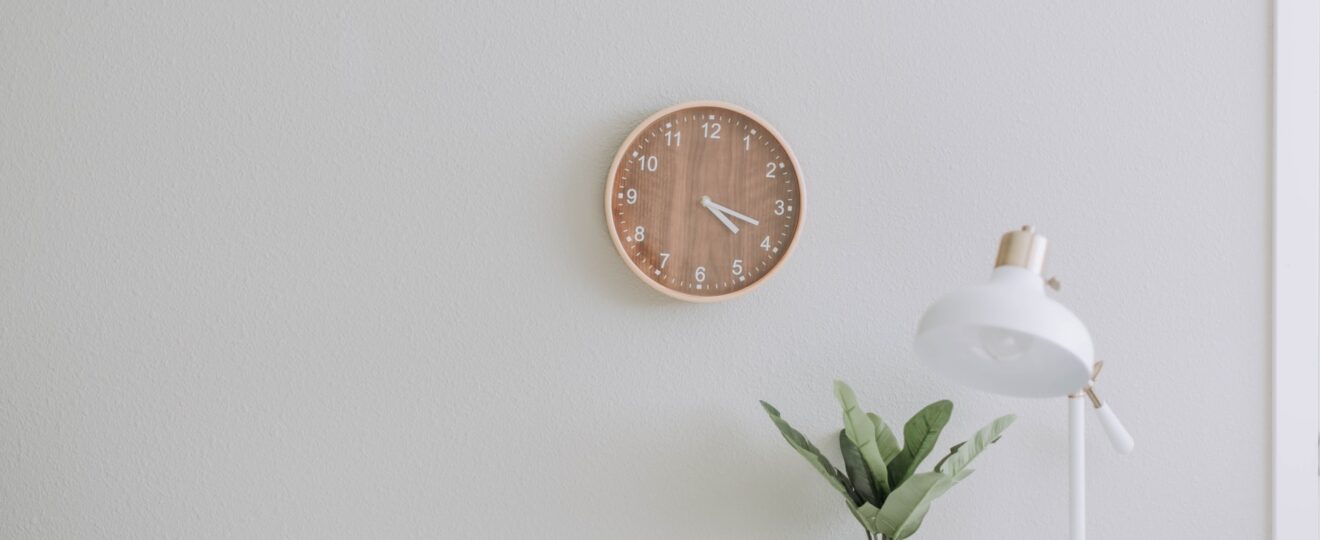Did you grow up in a house with a beautiful and bountiful yard?
If so, you likely remember the day when your mom helped you plant that one special flower, that you chose and helped to grow.
Perhaps it was the rose that stood next to your front door or the tulips near that shady spot. Whatever it was, it created a memory and now you want to create your perfect garden space to evoke those feelings again.
What is the Purpose of a Garden?
There are many different versions of the perfect garden. For some, it’s a vegetable patch flowing with fresh organic veg and for others it’s an area to escape and work in peace.
Whether you’re investing in one of the many Eco Rooms suitable for work areas, you’re building the ultimate climbing frame and play area for the kids, or you’re turning your garden into an allotment, your garden should be exactly what YOU want it to be.
Here’s how to create that dream:
Step 1: Get Inspired
Gardeners are true artists.
Let them inspire you with their unique style and color choices so that when it comes time for you to start your own space, you’ll have their minds in mind.
See which types of plants appeal most to you and think about what will work best in your space.
A great way to get inspired is by visiting other people’s gardens and checking plants out in person. See what you like or dislike and don’t forget to take photos for future reference!
Step 2: Map Out Your Garden
Can’t quite figure out where to start? One of the easiest ways to create a garden is by visualizing it!
Take measurements of your garden, walk around the space and really think about where you want all things planted.
Use a sketch of your space and decide on the shape and size of the garden you want.
Draw a border around all four sides to help you keep track of boundaries.
Another great way to get your garden planning done is using a handy Pinterest board. Collect all those ideas into one place and then mix them up.
Step 3: Create a Garden Plan
For some people, the best way to start is by designing a garden plan in a graphic design program like Illustrator or Photoshop.
These are great for people who want to make sure they have everything on paper! For those without an artistic side, there’s also an option for creating your garden plan with graph paper.
Either way, when you’re finished lining up your space, it’s crucial that you number each plant so you can easily keep track of what’s where.
Step 4: Create a Garden Layout
Once you’ve figured out the plan, you’ll want to move right on to the best part: building! Depending on the size of your garden and whether or not you’re also planning for a play area, there are different ways to get things done.
If space is low, look at vertical gardening or dual-purpose garden structures like archways that double as bean poles or a small cold frame for strawberries and other plants instead of a greenhouse
Step 5: Plant the First Plant
Now that the garden space layout is created, you can start to plant!
Start with a centerpiece plant and work your way out. Consider your theme, what colors are in your soil, and what sounds like a good fit for your space. Don’t forget to put a plan into place for watering.
For example, if you’re doing a flower-filled space, you might want to consider drip irrigation and rainwater recovery for your vegetable garden.
Step 6: Don’t Forget The Accents
Now that you’re planting the first growing thing, it’s time to add some accents.
Pots are a great addition to any garden and can be used in a number of ways, from creating a wall of color to holding the perfect plant for your patio.
Baskets are also a great way to make an area pop and adding any other décor (like mirrors or bird feeders) is always an option.









